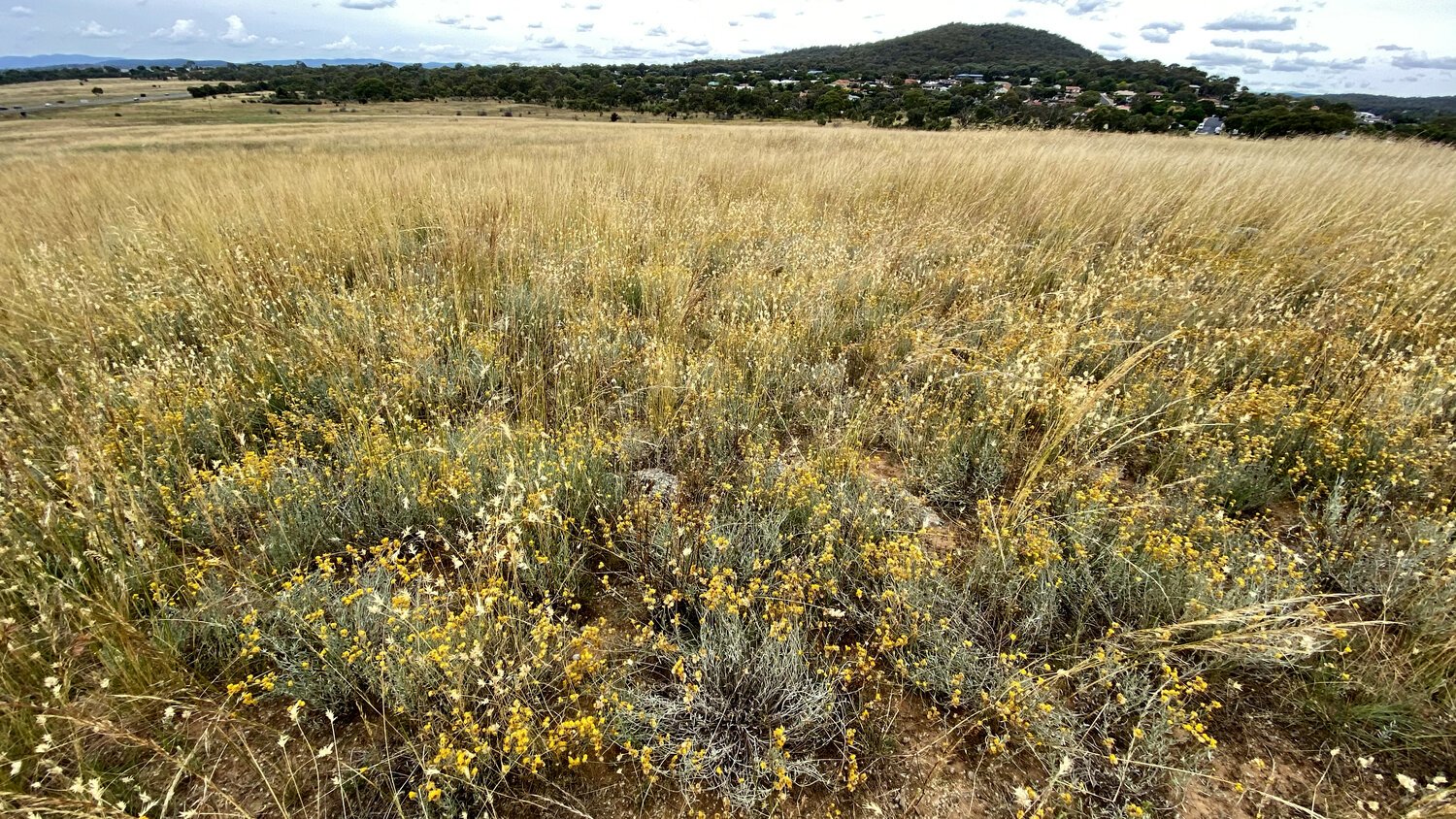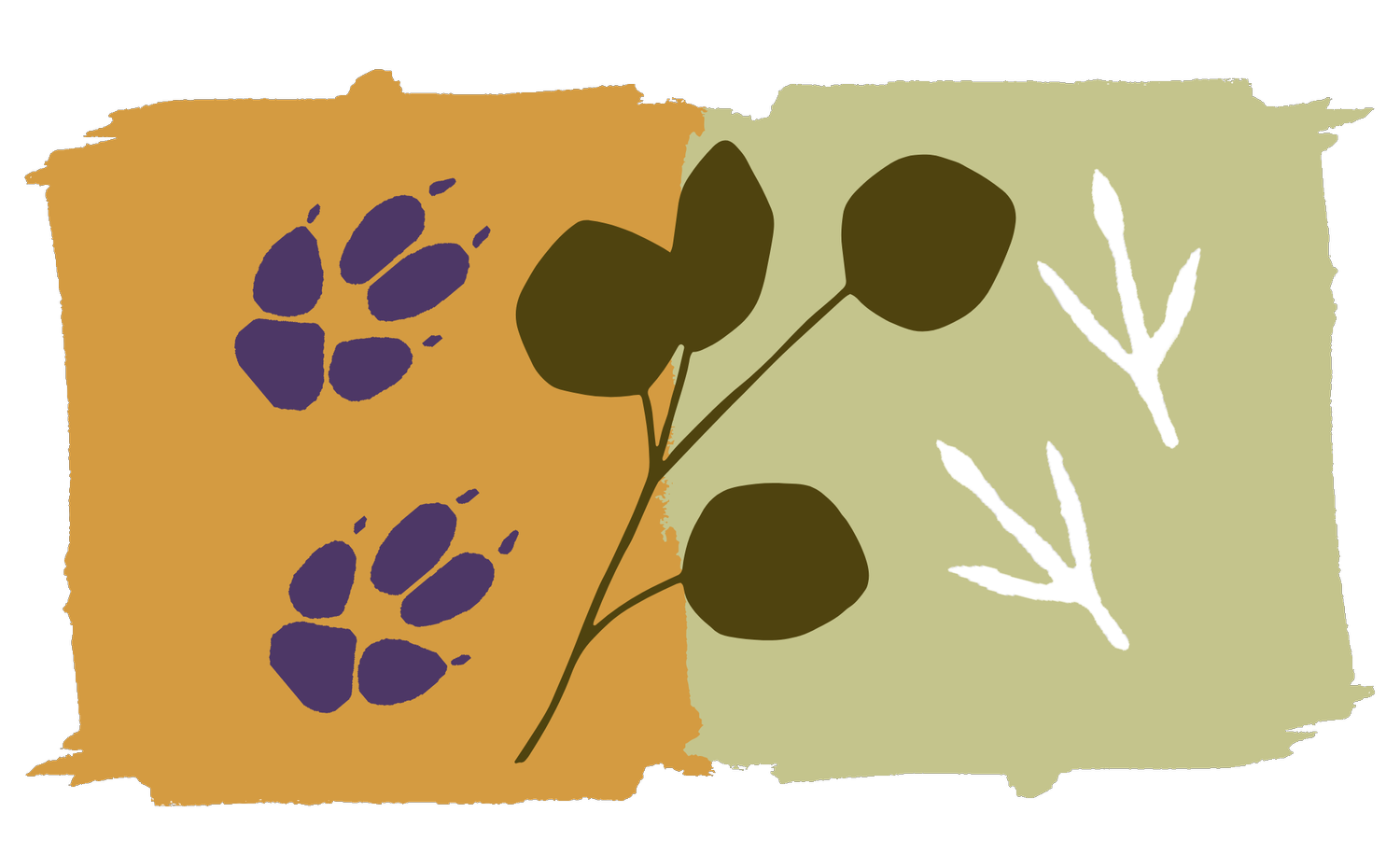
Rewilding
What is rewilding?
Soulé and Noss defined rewilding in 1998 as the restoration of wilderness areas free from human activity and regulated by large predators. They describe the ‘3Cs’:
Cores: large core protected areas,
Corridors: ecological connectivity,
Carnivores: keystone species, and the recently added
Climate resilience, and
Coexistence.
Carver et al. (2021) recently offered a refined definition: “Rewilding is the process of rebuilding, following major human disturbance, a natural ecosystem by restoring natural processes and the complete or near complete food web at all trophic levels as a self-sustaining and resilient ecosystem with biota that would have been present had the disturbance not occurred”.
What does rewilding look like?
The term has been applied to a wide range of practices, including reintroductions (especially of apex carnivores), restoration, and changing land use from agricultural to environmental conservation.
Rewilding is a process-oriented strategy that embraces unpredictable and novel outcomes. Empirical studies are important, including large-scale replicated experiments that allow rigorous hypothesis testing and science-based monitoring to assess their effects.
Rewilding projects can contribute to ecological restoration through a variety of mechanisms including:
trophic cascade
control of herbivore populations
driving behavioural change
incorporating diversity in multipurpose forestry, and
creating conservation ambassadors.
Space limitations and potential conflicts with human activities can provide unique challenges to rewilding projects, and particularly in urban and agricultural areas it is crucial to build and maintain the support of the general public who reside, work, and engage in rewilding areas.
Creating cascades
Rewilding also involves restoring trophic cascades (indirect or secondary disruptions resulting from the removal of keystone species).
Classic examples include the reintroductions of wolf reintroductions to Yellowstone National Park, beavers to England, and the ‘naturalistic grazing’ regime implemented at the Knepp Wildland.
In continental Europe there has been a particular emphasis on using large herbivores, such as proxy species for extinct grazers like the aurochs, for naturalistic grazing on abandoned productive farmland and nature reserves.
The Kielderhead Wildwood rewilding project aims to restore the “natural upland landscape on the Scotland-England border, comprising an extensive Scots pine and oak wildwood integrated with natural upland mire and scrub habitats” (Manning et al. 2011).
Publications under this theme
Gordon et al. (2021) Rewilding lite: Using traditional domestic livestock to achieve rewilding outcomes. Sustainability, 13(6): 3347.
Gordon et al. (2021) Domestic livestock and rewilding: Are they mutually exclusive?. Frontiers in Sustainable Food Systems, 5.
Ross et al. (2020) A reintroduced ecosystem engineer provides a germination niche for native plant species. Biodiversity and Conservation, 29(3): 817—837.
Manning et al. (2020) Woodlands and woody debris: Understanding structure and composition to inform restoration. PLOS One, 15(3): e0224258.
Ross et al. (2019) Effects of digging by a native and introduced ecosystem engineer on soil physical and chemical properties in temperate grassy woodland. PeerJ, 7(8): e7506.
Evans et al. (2019) A long-term experiment reveals strategies for the ecological restoration of reptiles in scattered tree landscapes. Biodiversity and Conservation, 28(11): 2825—2843.
Munro et al. (2019) Returning a lost process by reintroducing a locally extinct digging marsupial. PeerJ, 7(5): e6622.
McIntyre et al. (2017) Trajectories of floristic change in grassland: landscape, land use legacy and seasonal conditions overshadow restoration actions. Applied Vegetation Science, 20(4): 582—593.
Le Roux et al. (2016) Effects of entrance size, tree size and landscape context on nest box occupancy: Considerations for management and biodiversity offsets. Forest Ecology and Management, 366: 135—142.
Le Roux et al. (2016) Enriching small trees with artificial nest boxes cannot mimic the value of large trees for hollow-nesting birds. Restoration Ecology, 24(2): 252—258.
Le Roux et al. (2015) Single large or several small? Applying biogeographic principles to tree-level conservation and biodiversity offsets. Biological Conservation, 191: 558—566.
McIntyre et al. (2014) Restoration of eucalypt grassy woodland: Effects of experimental interventions on ground-layer vegetation. Australian Journal of Botany, 62(7): 570—579.
Manning et al. (2013) Bringing forward the benefits of coarse woody debris in ecosystem recovery under different levels of grazing and vegetation density. Biological Conservation, 157: 204—214.
Shorthouse et al. (2012) The 'making of' the Mulligans Flat - Goorooyarroo experimental restoration project. Ecological Management and Restoration, 13(2): 112-125.
Manning et al. (2011) Integrating research and restoration: The establishment of a long-term woodland experiment in south-eastern Australia. Australian Zoologist, 35(3): 633—648.
Manning et al. (2009) Restoring landscapes of fear with wolves in the Scottish Highlands. Biological Conservation, 142(10): 2314—2321.
Manning et al. (2009) Scattered trees: A complementary strategy for facilitating adaptive responses to climate change in modified landscapes?. Journal of Applied Ecology, 46(4): 915—919.
Lindenmayer et al. (2008) Temporal changes in vertebrates during landscape transformation: A large-scale natural experiment. Ecological Monographs, 78(4): 567—590.
Lindenmayer et al. (2008) A checklist for ecological management of landscapes for conservation. Ecology Letters, 11(1): 78—91.
Manning et al. (2007) A study of coarse woody debris volumes in two box-gum grassy woodland reserves in the Australian Capital Territory. Ecological Management and Restoration, 8(3): 221—224.
Lindenmayer et al. (2007) The complementarity of single-species and ecosystem-oriented research in conservation research. Oikos, 116(7): 1220—1226.
Lindenmayer et al. (2002) The focal-species approach and landscape restoration: A critique. Conservation Biology, 16(2): 338—345.






